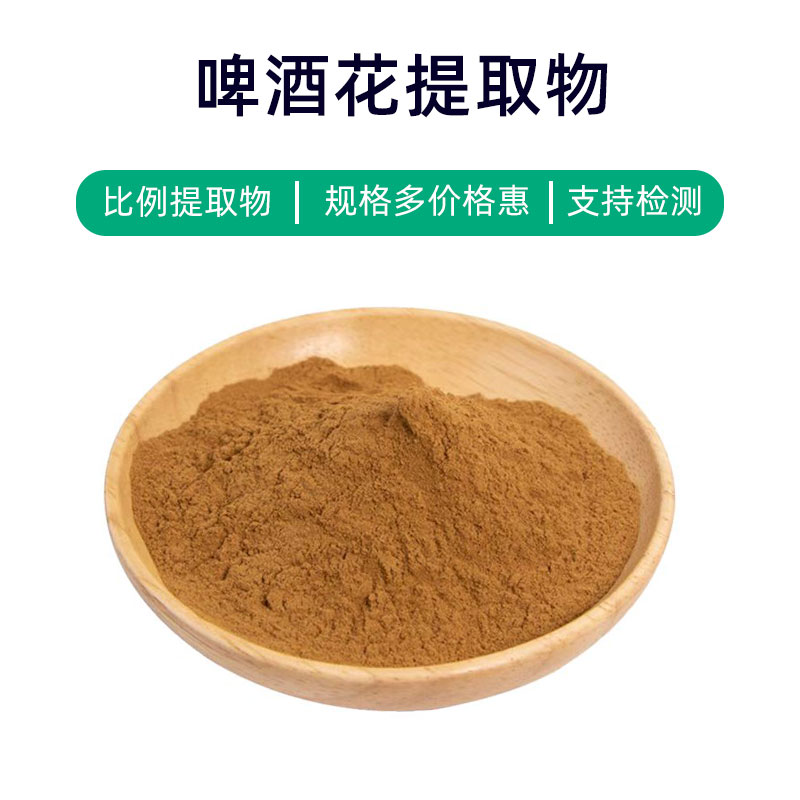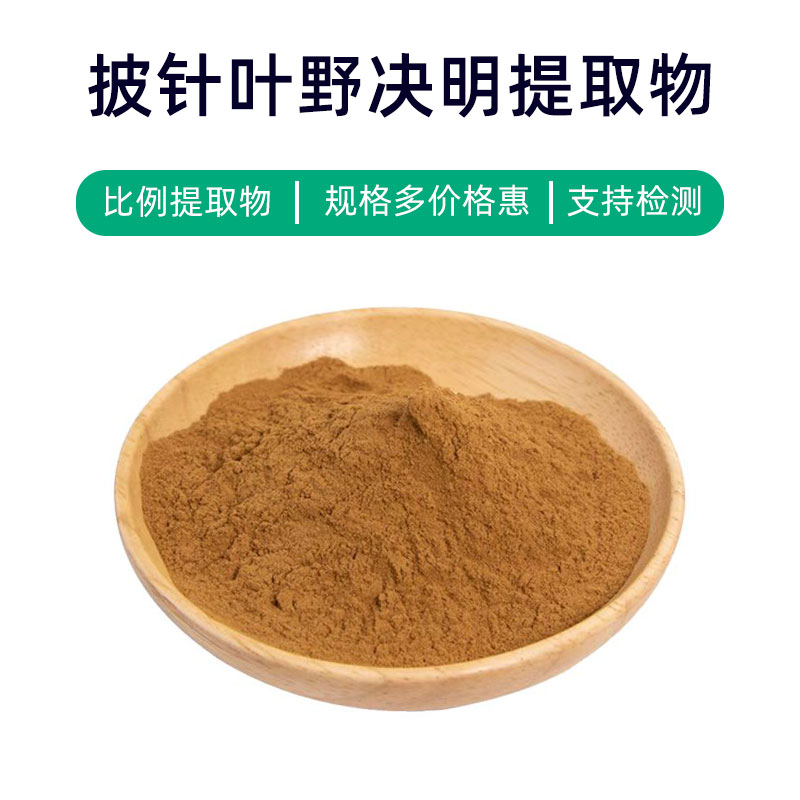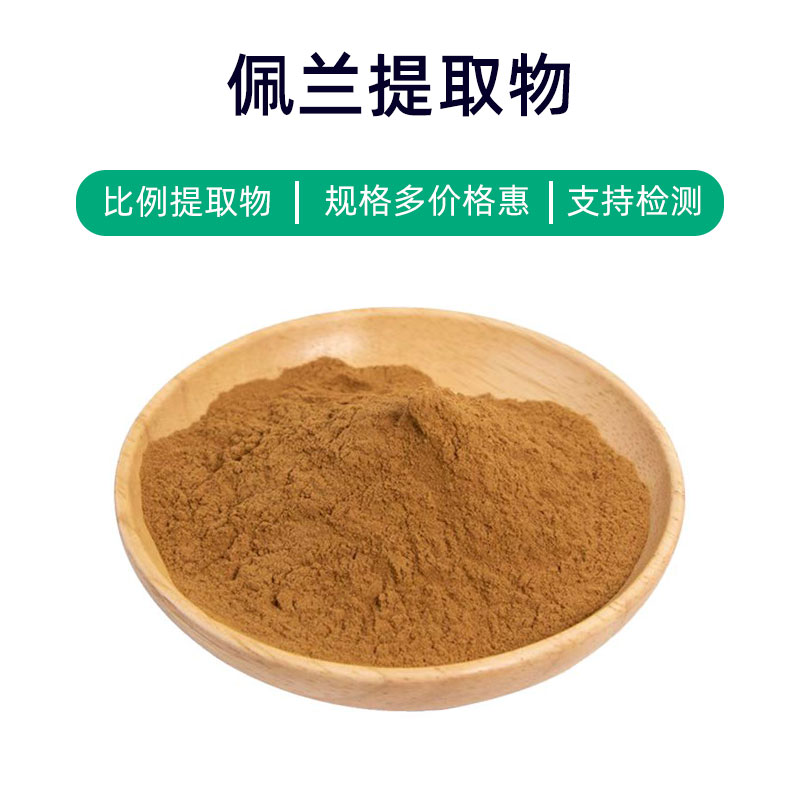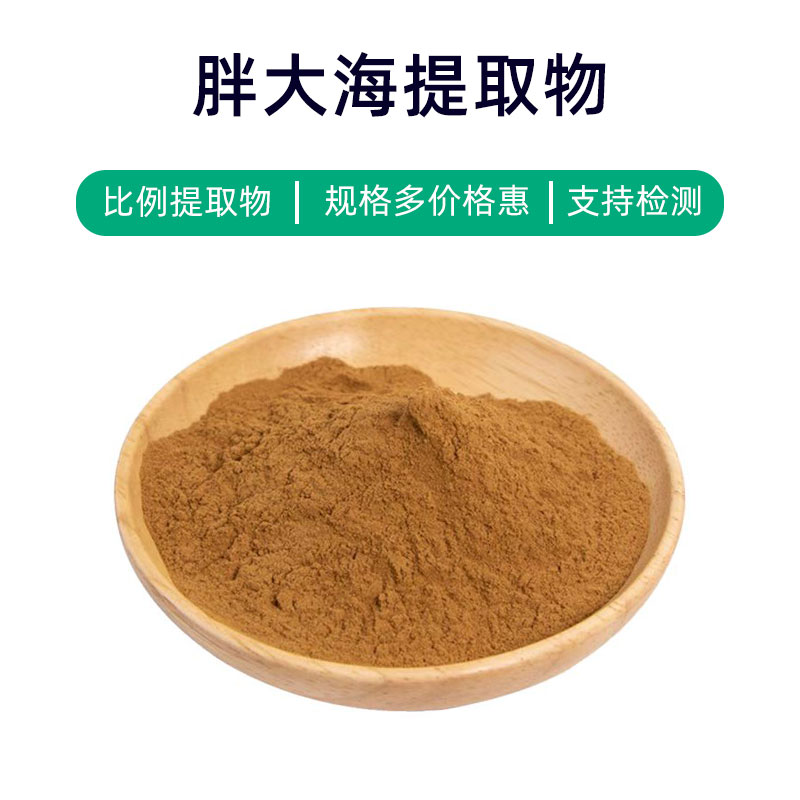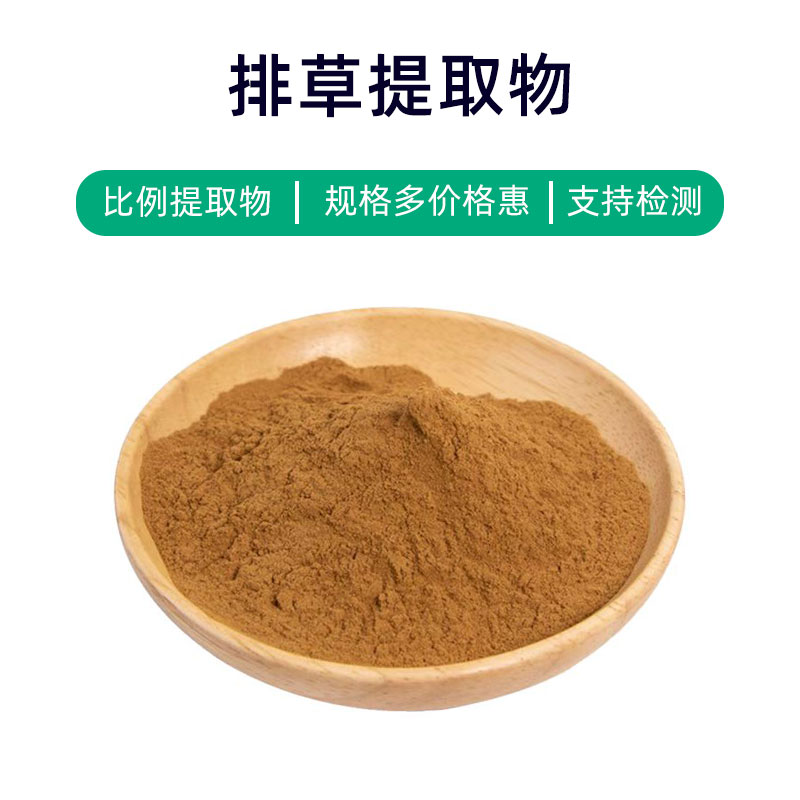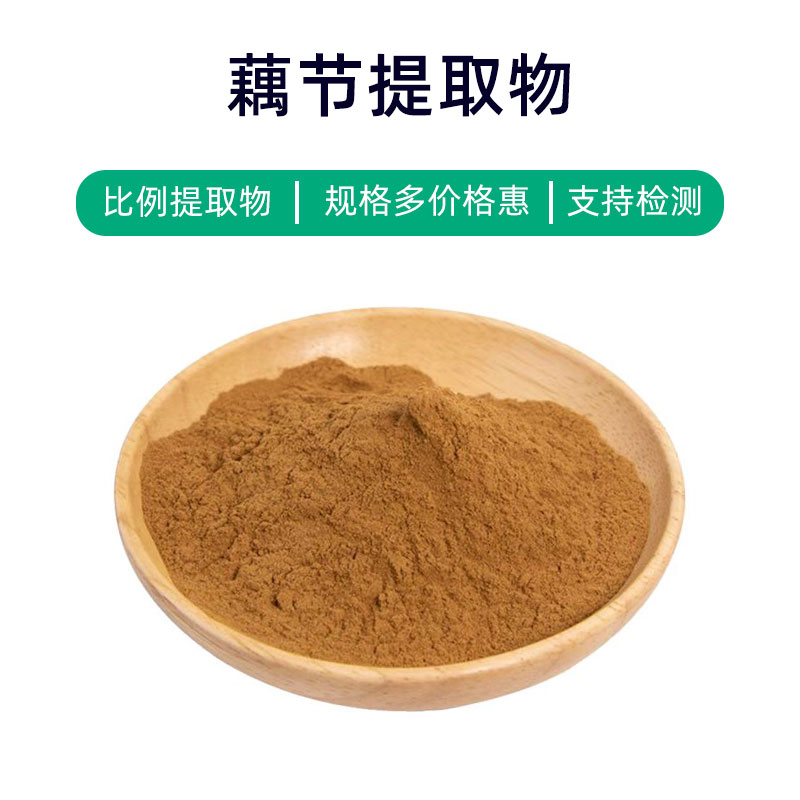Introduction to Chicken Gizzard Extract
Chicken gizzard extract is a natural ingredient derived from the gastric tissues of chickens. Its main components comprise collagen, collagen peptides, amino acids, and minerals, providing rich nutritional value and multiple benefits.
Firstly, chicken gizzard extract is rich in collagen and collagen peptides, aiding in maintaining skin elasticity and firmness, promoting skin repair and regeneration, reducing the appearance of wrinkles and fine lines, and leaving skin smoother and more elastic.
Additionally, the extract contains abundant amino acids that nourish the skin, enhancing its moisture retention capabilities, and improving dryness and roughness, resulting in hydrated, smooth skin.
Moreover, chicken gizzard extract is rich in various minerals, such as calcium, magnesium, and zinc, which play crucial roles in skin health, regulating oil secretion, reducing inflammation, and improving issues associated with sensitive skin.
Chicken gizzard extract is widely utilized in cosmetics and skincare products, such as masks, serums, and lotions, aimed at improving skin texture, enhancing brightness, and boosting elasticity. It can also be included as an ingredient in health supplements to support joint health and strengthen bones.
Manufacturing Process of Chicken Gizzard Extract
The typical production process for chicken gizzard extract includes the following steps:
- Raw Material Preparation: Select high-quality gastric tissue from chickens, ensuring freshness, cleanliness, and no contamination.
- Washing and Preprocessing: Clean and preprocess the chicken gizzard tissues to remove impurities and dirt, ensuring the extract's purity and quality.
- Extraction: Use appropriate extraction methods such as water extraction, enzymatic extraction, or supercritical CO2 extraction to obtain active components from the gastric tissues.
- Filtration and Concentration: Filter the extract to remove solid particles and impurities, then concentrate the extract to the desired concentration through methods like evaporation.
- Refinement and Purification: Refine and purify the concentrated extract to eliminate impurities, foreign substances, and unwanted components, increasing the product's purity and activity.
- Drying: Dry the refined extract, commonly using spray drying or vacuum drying methods to achieve a powdered final product.
- Packaging: Package the dried extract, typically in sealed containers to prevent moisture and oxygen entry, maintaining product stability and activity.
- Quality Control: Perform quality checks on the final product, including tests for appearance, color, odor, purity, and activity, ensuring compliance with standards and regulations.
- Storage: Store the packaged products in a dry, cool, and ventilated environment, avoiding direct sunlight and high temperatures to extend shelf life and stability.
- Testing and Validation: Regularly test and validate the product to ensure quality and safety compliance, while optimizing and improving the manufacturing process to enhance product quality and competitiveness.
Benefits and Side Effects of Chicken Gizzard Extract
As a natural herbal extract, chicken gizzard extract offers various benefits and effects, primarily including:
- Anti-inflammatory and Antibacterial Properties: Rich in active components, it has notable anti-inflammatory and antibacterial effects, effectively inhibiting inflammatory responses and bacterial infections, aiding in treating skin inflammation and infections.
- Antioxidant Effects: The polyphenolic compounds in the extract have significant antioxidant activity, neutralizing free radicals, protecting cells from oxidative damage, slowing aging, and promoting skin health.
- Wound Healing Promotion: Active components in the extract facilitate tissue repair and healing, accelerating the wound healing process, alleviating pain and discomfort, and aiding skin recovery.
- Moisturizing and Hydrating: The extract is rich in moisturizing factors and natural oils, effectively hydrating the skin, enhancing moisture content, and keeping the skin soft and smooth.
- Soothing and Calming: It also possesses soothing and calming properties, alleviating skin discomfort and reducing redness, swelling, and itching, providing a comfortable feel.
- Regulating Oily Skin Balance: Certain components in the extract help regulate sebum secretion, improving oily skin, reducing shine, and minimizing pores, leading to a fresh, non-greasy complexion.
Generally, chicken gizzard extract is safe with minimal side effects. However, some individuals may experience allergic reactions such as skin redness or itching. It is advisable to perform a patch test before use and to avoid excessive or frequent application. Pregnant women, nursing mothers, and children should consult their doctor prior to use.
Application Scenarios and Dosage of Chicken Gizzard Extract
Chicken gizzard extract is widely used in the fields of medicine, food, and cosmetics, with applications and dosage outlined as follows:
- Medical Applications:
- Treatment of Skin Inflammation: With its anti-inflammatory and antibacterial properties, it can be used to treat conditions such as eczema, dermatitis, and acne. Dosage: Apply a suitable amount of chicken gizzard extract to the affected area 2-3 times daily.
- Wound Healing: It promotes tissue repair and can be used to enhance wound healing. Dosage: Apply the extract to the wound area 1-2 times daily.
- Antioxidant and Anti-aging: Rich in antioxidants, this extract can be integrated into anti-aging products. Dosage: Add to creams, serums, or other skincare products as per product instructions.
- Food Applications:
- Tea Beverages: It can be used to make health-promoting tea, such as chicken gizzard tea. Dosage: Add a suitable amount of extract to hot water for infusion, and optionally add honey or other flavorings.
- Food Additive: It can serve as a food additive to enhance nutritional value and health benefits. Dosage: Add to foods according to production standards, ensuring compliance with national regulations.
- Cosmetics Applications:
- Skincare Products: The extract can be formulated into skincare products like masks and lotions that provide moisturizing, antioxidant, and soothing benefits. Dosage: Follow product instructions to apply the extract evenly to the skin and massage until absorbed.
- Cleansing Products: With its antibacterial and cleansing properties, it can be included in facial cleansers, maintaining skin moisture balance while cleaning. Dosage: Use according to product instructions, avoiding contact with eyes.
The dosage of chicken gizzard extract should be determined based on the specific product and use; generally, it should adhere to suggested dosages indicated in the product guidelines. During use, avoid contact with eyes, and discontinue use and rinse skin if discomfort occurs. For special populations like children and pregnant women, consult a healthcare provider before use.
Plant Source, Distribution, and Growth Environment of Chicken Gizzard Extract
Chicken gizzard extract (scientific name: Anemone raddeana Regel et Tiling) is a perennial herb belonging to the Ranunculaceae family (buttercup family) within the Anemone genus. Here are detailed insights regarding the plant source for chicken gizzard extract:
- Plant Description: Chicken gizzard is a perennial herb that grows about 20-50 cm tall with a creeping rhizome. Its leaves are palmate compound, long-stalked, with 3-5 lobes that are oval to oblong in shape, featuring coarse serrated edges. Flowers appear singularly at the end of stalks, with varying petal counts, typically ranging from 5-8, in white, pink, or light purple colors, showcasing significant petal vein patterns. The fruit is a long oval achene with oval-shaped seeds.
- Distribution: Chicken gizzard is predominantly distributed across Asia, including regions in China, Japan, and Russia. In China, it is mainly found in the northeastern provinces, Inner Mongolia, Hebei, Shandong, Shaanxi, and the high-altitude areas of Tibet and Xinjiang.
- Growth Environment: Chicken gizzard thrives in damp, shady environments, commonly found in mountainous regions, forest edges, stream sides, and meadows. It can grow at various altitudes, from low to high regions. While it isn't particularly picky regarding soil, it grows best in loose, well-draining sandy loam.
Anemone raddeana is a commonly found wild plant with notable medicinal value in traditional medicine. Its roots possess medicinal properties and can be extracted to form chicken gizzard extract for use in medicines, health supplements, and cosmetics. In the wild, it is also a popular ornamental plant, often attracting attention with its beautiful flowers.
Processing and Storage of Chicken Gizzard Extract
The processing of chicken gizzard extract typically involves the following steps: initially, the roots of the chicken gizzard plant are collected, followed by preliminary cleaning and treatment to remove impurities. The cleaned roots are then crushed or ground to enhance extraction efficiency. Subsequently, appropriate solvents (such as ethanol or water) are used to macerate, filter, and concentrate the chicken gizzard to obtain the extract. Finally, the extract undergoes filtration, concentration, drying, and other processing steps to produce the final chicken gizzard extract product.
For storage and preservation, chicken gizzard extract should be kept in a cool, dry, and well-ventilated area, avoiding direct sunlight and high temperatures. It’s important to prevent contact with chemicals and odorous substances that could affect quality. It is recommended to package it in airtight containers and regularly check the product during storage to ensure quality and stability.
Monica Sun is a seasoned expert in the plant extraction industry with over a decade of experience in research and production. She specializes in the extraction and purification of plant active ingredients, focusing on driving innovation in natural product applications. Monica has participated in the development of multiple functional plant extracts, delivering high-value natural raw material solutions for the health food, pharmaceutical, and dietary supplement sectors.









